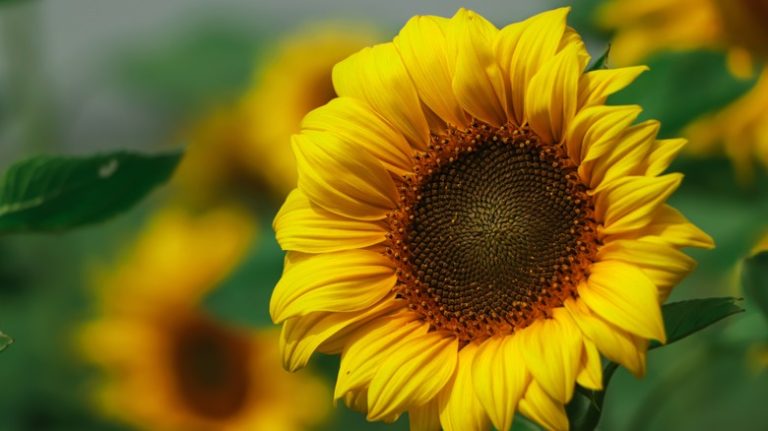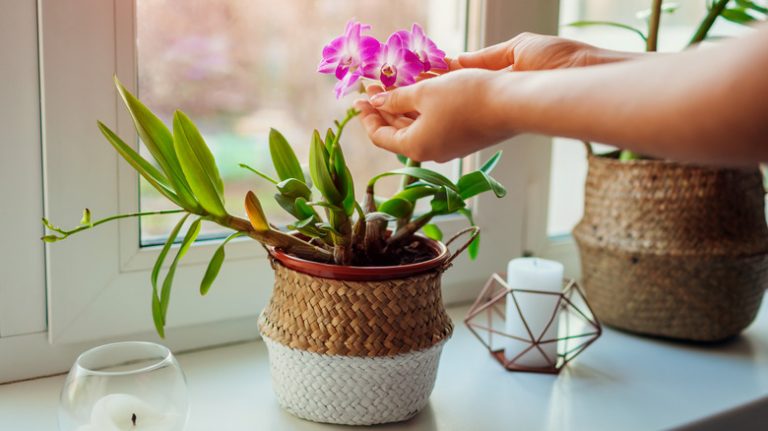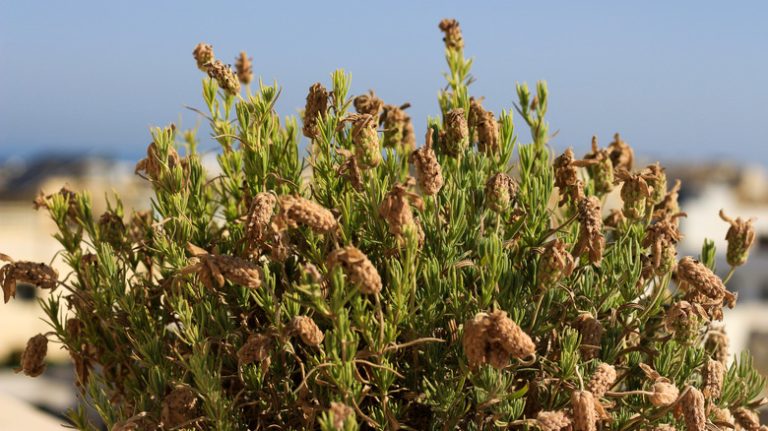Zinnias are stars of the garden with their long-lasting blooms in a rainbow of vibrant colors. These beauties are perfect flowers for almost everyone, from gardening novices to experts, and they grow well with little care. Planting them with cilantro provides interest all growing season long and encourages beneficial insects.
While there are multiple species of zinnias, Zinnia elegans are most commonly grown in gardens. These flowers thrive in full sun and are generally grown as annuals. Zinnias come in a variety of sizes, from the petite ‘Thumbella’, which rarely grows above 6 inches, to the massive ‘California Giant’ cultivar, which can grow up to 4 feet. Native to Mexico and Central America, zinnias are heat-loving plants, so hold off on planting them outside until the soil temperature is 70 degrees Fahrenheit for seeds and at least 60 degrees for transplants. Zinnias grow best in well-draining soil with a slightly acidic to neutral pH.
Cilantro is a perfect companion for zinnias
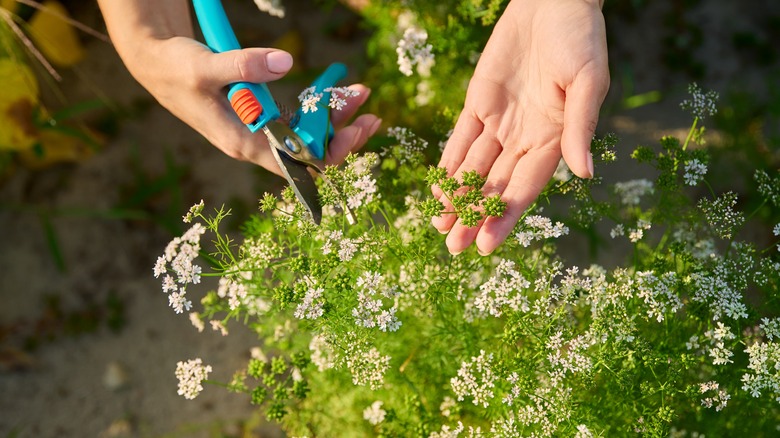
Cilantro (Coriandrum sativum) is a fantastic herb whether you grow it for its edible leaves, which are generally called cilantro, or its tasty seeds, which are usually referred to as coriander. This versatile plant grows best in cool weather and tends to bolt, that is, begin to flower and then go to seed, quickly after temperatures go above 85 degrees Fahrenheit. Cilantro plants, like zinnias, grow best in full sun and benefit from well-draining slightly acidic soil.
Cilantro plants, unlike zinnias, are frost tolerant and can handle temperatures as low as 10 degrees Fahrenheit. The plants are fast growing and can reach maturity in as little as 40 days, so many gardeners grow successions of it in both spring and fall. As cilantro seldom grows taller than 1 foot and produces beautiful pinkish-white umbel flowers it can be an ideal edimental option that fits in beautifully in a variety of garden styles.
Zinnias and cilantro complement each other in the garden
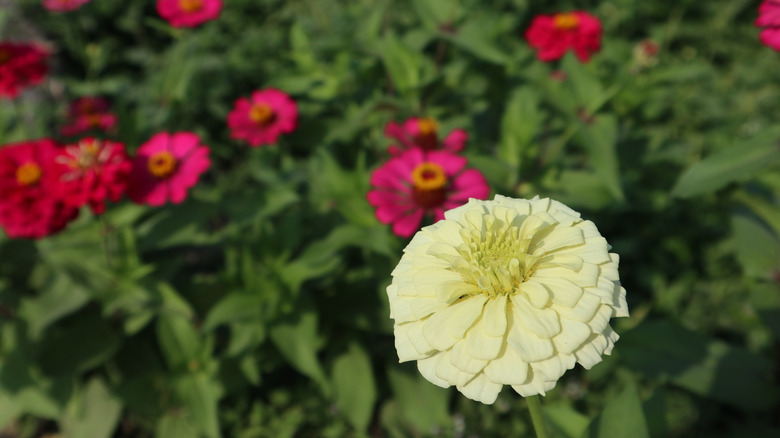
Even if you don’t appreciate the distinctive flavor of cilantro’s leaves, it is still worth including in your garden as its umbels attract beneficial insects including pollinators and parasitic wasps. While parasitic wasps may sound alarming, they are actually a good bug for your garden as they prey on many of the bugs that can harm your plants, including aphids and thrips. Zinnias also attract pollinators when they are in bloom. By planting cilantro and zinnias together, your cilantro can provide color and pollen during the spring and autumn, with the zinnias taking over during the heat of the summer when it is too hot for the cilantro.
Most zinnia cultivars are taller than cilantro, so planting zinnias in the back of your garden and cilantro in the front will allow both plants to be visible and receive sun. Alternatively, you can intersperse the two, allowing the fast-growing zinnias to hide the cilantro once the summer heat starts to kill it. This is an especially good option if you are intentionally allowing your cilantro to go to seed and dry out so you can collect the coriander. Basil is another delicious herb to plant next to zinnias and coriander to add to your beautiful flower and herb garden.

